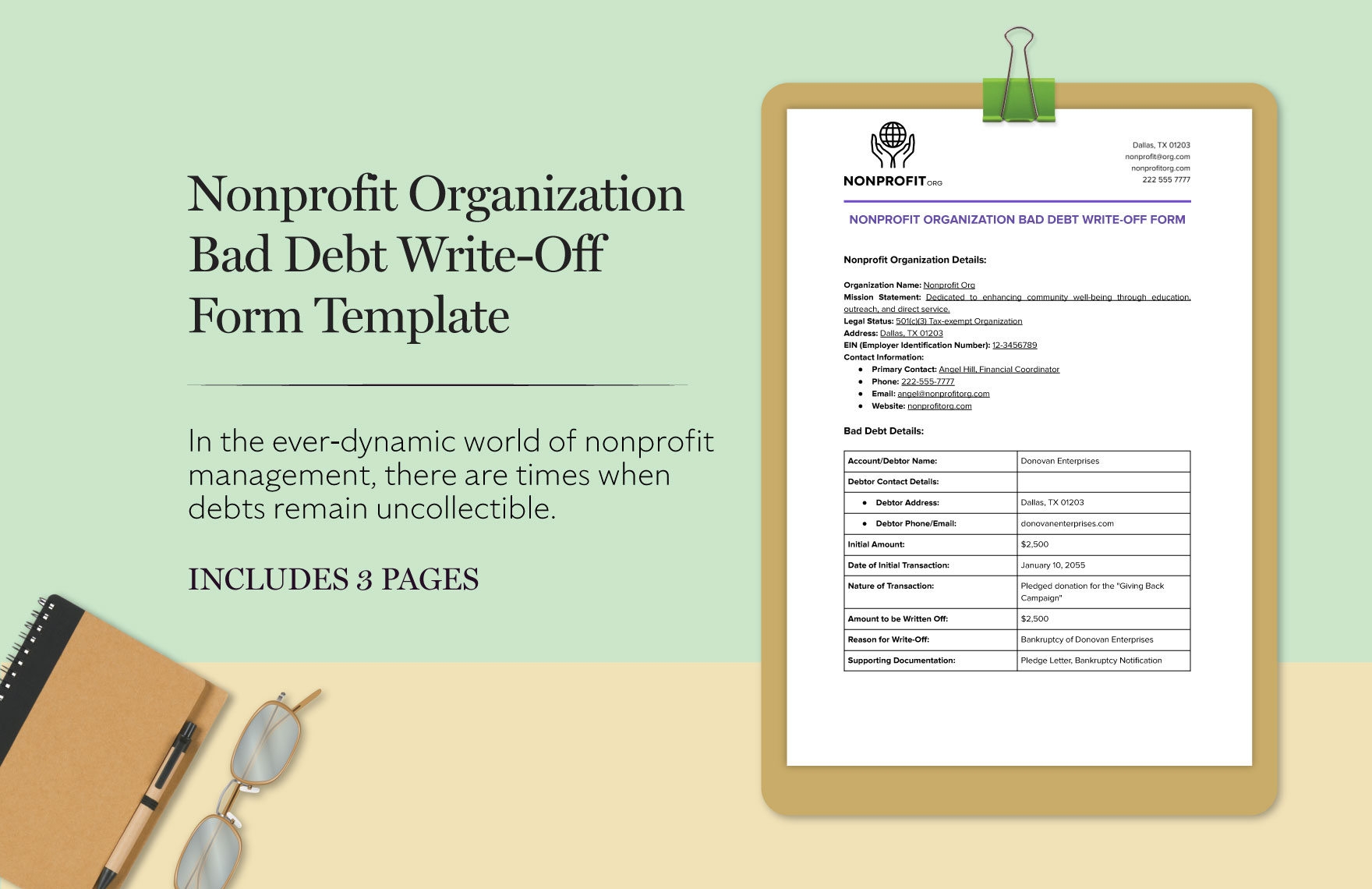Kentucky Severe Weather: NWS's Week Of Awareness And Action

Table of Contents
Understanding Kentucky's Severe Weather Threats
Kentucky faces a multitude of severe weather threats, demanding constant vigilance and preparedness. Understanding these risks is the first step towards effective mitigation.
Tornadoes: The Reality of Tornado Alley
Kentucky sits squarely within Tornado Alley, making it highly susceptible to tornadoes. These violent rotating columns of air can cause catastrophic damage, resulting in fatalities and widespread destruction.
- Frequency and Intensity: Kentucky experiences a significant number of tornadoes annually, ranging from weak EF0 events to devastating EF4 and EF5 tornadoes. The state's geography and atmospheric conditions create an environment conducive to tornadogenesis.
- Devastating Examples: The 2021 Kentucky tornado outbreak stands as a stark reminder of the destructive power of these storms. The super outbreak caused widespread damage and numerous fatalities. Historical records show numerous other significant tornado events throughout Kentucky's history.
- Safe Room Importance: Having a designated safe room or shelter is paramount. This should be the strongest part of your home, ideally a basement or an interior, ground-floor room. Reinforcements and safety measures can further enhance protection.
Flash Flooding: A Silent Danger
Heavy rainfall, often associated with severe thunderstorms, frequently leads to flash floods in Kentucky. These rapid rises in water levels pose a significant threat.
- Dangers of Flash Floods: The speed and force of flash floodwaters can sweep away vehicles and people, resulting in injuries and fatalities. Debris carried by the floodwaters adds to the danger.
- Heeding Warnings: Pay close attention to flood warnings and advisories issued by the NWS. Evacuate immediately if instructed to do so by authorities. Never attempt to drive or walk through floodwaters.
- Staying Away from Floodwaters: Floodwaters can be contaminated with sewage and other hazardous materials, posing health risks even after the water recedes.
Severe Thunderstorms: A Potent Combination
Severe thunderstorms are common in Kentucky and can produce a dangerous trifecta of damaging winds, large hail, and torrential rainfall.
- Damaging Winds and Hail: Straight-line winds exceeding 58 mph (93 km/h) are capable of causing significant damage to property and infrastructure. Large hail can damage vehicles, homes, and crops.
- Seeking Shelter: During a severe thunderstorm warning, seek shelter immediately in a sturdy building. Avoid windows and stay away from water.
- Lightning Safety: Lightning is a serious threat during thunderstorms. Stay indoors whenever possible. If caught outdoors, find a low-lying area and avoid tall objects.
Winter Weather: Ice and Snow Hazards
Kentucky experiences periods of significant winter weather, including ice storms and heavy snowfall. These events can lead to dangerous conditions and widespread disruption.
- Icy Roads and Power Outages: Ice storms can coat roads and power lines, causing treacherous driving conditions and widespread power outages.
- Emergency Preparedness: An emergency kit with extra food, water, blankets, and a first-aid kit is crucial. Ensure you have a way to stay warm during a power outage. Consider having a backup power source.
- Checking on Neighbors: Check on elderly neighbors and those who may need assistance during severe winter storms.
The National Weather Service's Role in Kentucky Severe Weather Preparedness
The NWS plays a critical role in protecting Kentucky residents from severe weather. Their efforts are crucial for timely warnings and preparedness information.
- Issuing Warnings and Advisories: The NWS issues a variety of warnings and advisories, including tornado warnings, severe thunderstorm warnings, flash flood warnings, and winter storm warnings. These alerts provide crucial information to help people stay safe.
- Utilizing Advanced Technology: The NWS utilizes advanced radar technology, satellite imagery, and sophisticated weather models to monitor and predict severe weather events. This advanced technology helps improve the accuracy and timeliness of warnings.
- NWS Resources: The NWS website (weather.gov) and social media channels provide up-to-date forecasts, warnings, and valuable preparedness information. Following their official channels is crucial.
Actionable Steps for Kentucky Residents
Taking proactive steps to prepare for severe weather is essential for protecting your family and property.
Developing a Family Emergency Plan
A well-defined family emergency plan is critical for successful response during severe weather.
- Communication Plan: Establish a communication plan, identifying out-of-state contact persons and specifying meeting locations.
- Safe Room/Shelter: Designate a safe room or shelter in your home and ensure everyone knows where to go during a warning.
- Emergency Kit: Prepare an emergency kit containing essential supplies like water, non-perishable food, first-aid supplies, flashlights, batteries, and medications.
- Family Communication Plan: Practice your family communication plan regularly to ensure everyone understands the procedures.
Signing Up for Weather Alerts
Staying informed is crucial. Leverage available technology for timely alerts.
- Wireless Emergency Alerts (WEA): Ensure your mobile device is enabled to receive WEA alerts, which provide immediate notifications during severe weather events.
- Weather Apps and NWS Website: Use reliable weather apps and regularly check the NWS website for updated forecasts and warnings. Many apps offer customizable alerts based on your location and preferences.
- Stay Informed: Actively monitor weather forecasts and warnings, paying close attention to any changes in conditions.
Knowing Your Risk
Understanding your specific risks based on your location is vital.
- Vulnerability Assessment: Identify potential hazards in your area, such as floodplains, areas prone to tornadoes, or areas susceptible to power outages during winter storms.
- Hazard Identification: Familiarize yourself with the specific severe weather threats common to your region of Kentucky.
- Risk Assessment Resources: Utilize resources like the NWS website and FEMA's website to assess your individual risk and identify potential vulnerabilities.
Conclusion
This NWS Week of Awareness and Action serves as a critical reminder of the importance of preparing for Kentucky severe weather. Understanding the threats, utilizing NWS resources, and developing a comprehensive family emergency plan are essential steps for protecting yourself and your loved ones. By taking proactive measures, you can significantly reduce your risk and ensure your safety during severe weather events. Don't wait until it's too late; take action today to prepare for Kentucky severe weather and make a plan for your family’s safety. Develop your Kentucky severe weather plan now and protect your family.

Featured Posts
-
 Michael Sheens 1 Million Debt Write Off A Look At His Net Worth
May 01, 2025
Michael Sheens 1 Million Debt Write Off A Look At His Net Worth
May 01, 2025 -
 Simple Shrimp Ramen Stir Fry For Weeknight Dinners
May 01, 2025
Simple Shrimp Ramen Stir Fry For Weeknight Dinners
May 01, 2025 -
 Corrections And Clarifications Best Practices For Journalists And Writers
May 01, 2025
Corrections And Clarifications Best Practices For Journalists And Writers
May 01, 2025 -
 Celtics Defeat Cavaliers 4 Key Takeaways From Derrick Whites Stellar Performance
May 01, 2025
Celtics Defeat Cavaliers 4 Key Takeaways From Derrick Whites Stellar Performance
May 01, 2025 -
 Passengers Stranded In Kogi Train Breakdown Causes Chaos
May 01, 2025
Passengers Stranded In Kogi Train Breakdown Causes Chaos
May 01, 2025
